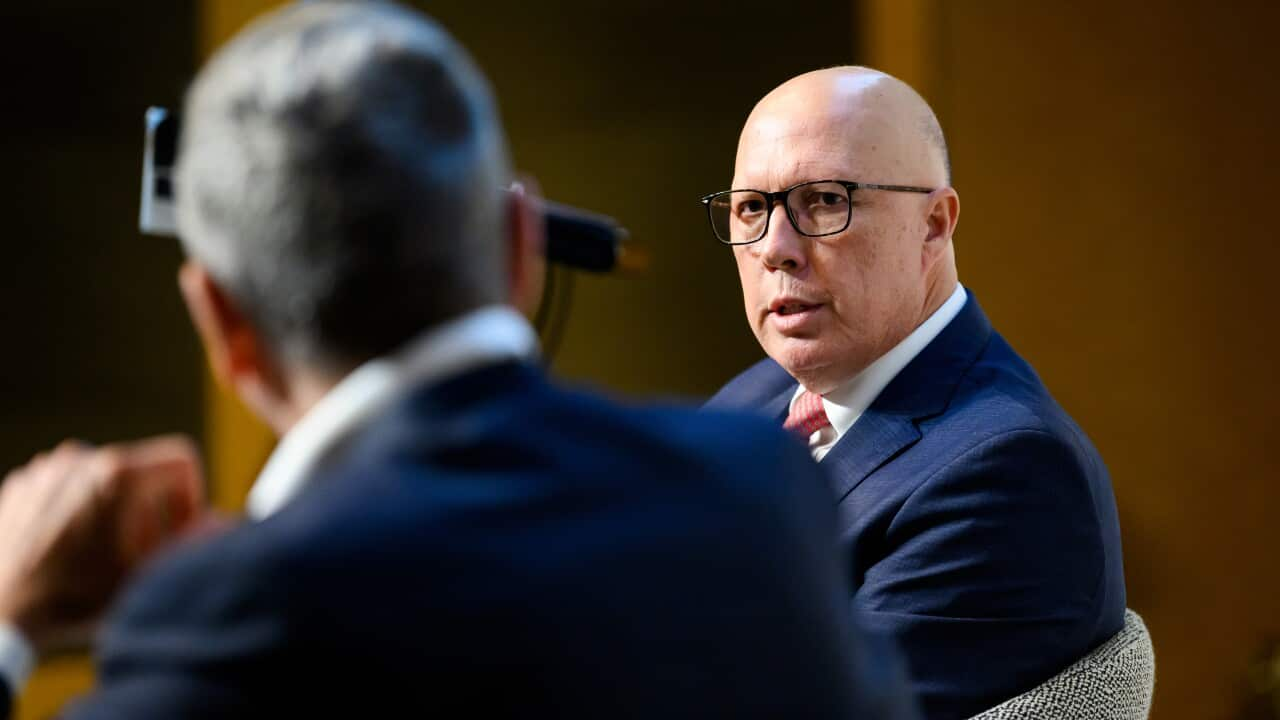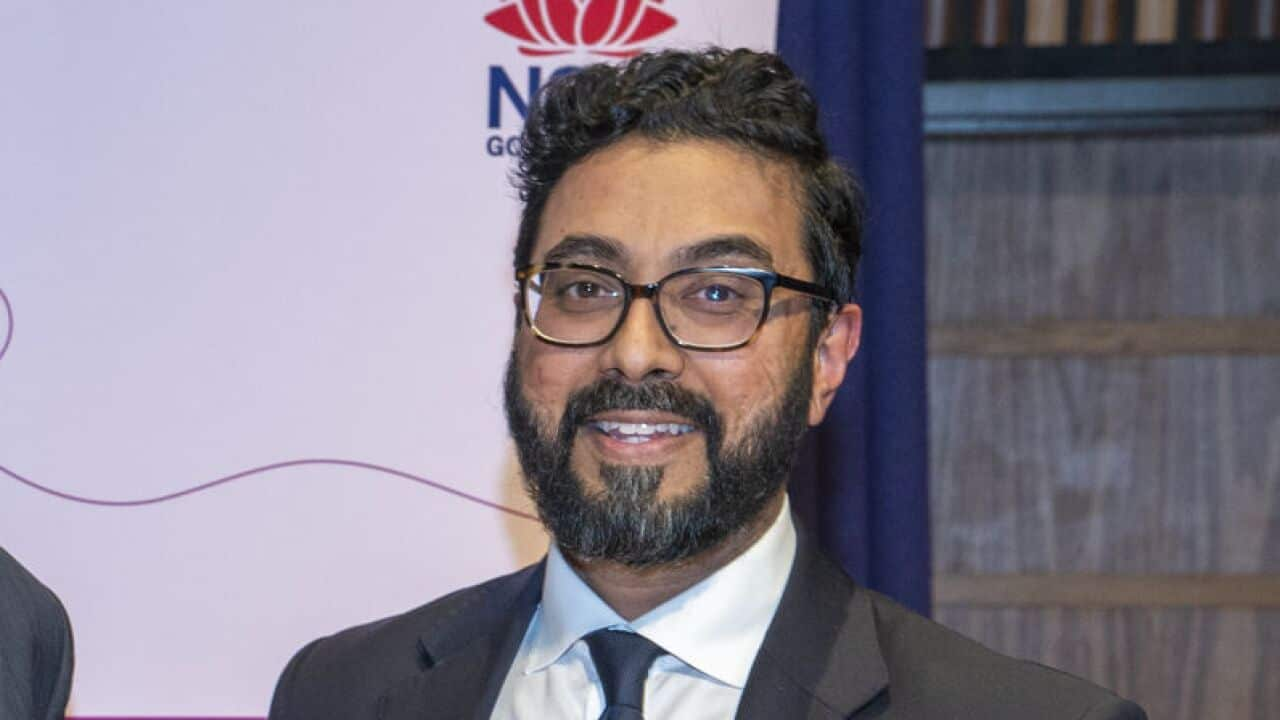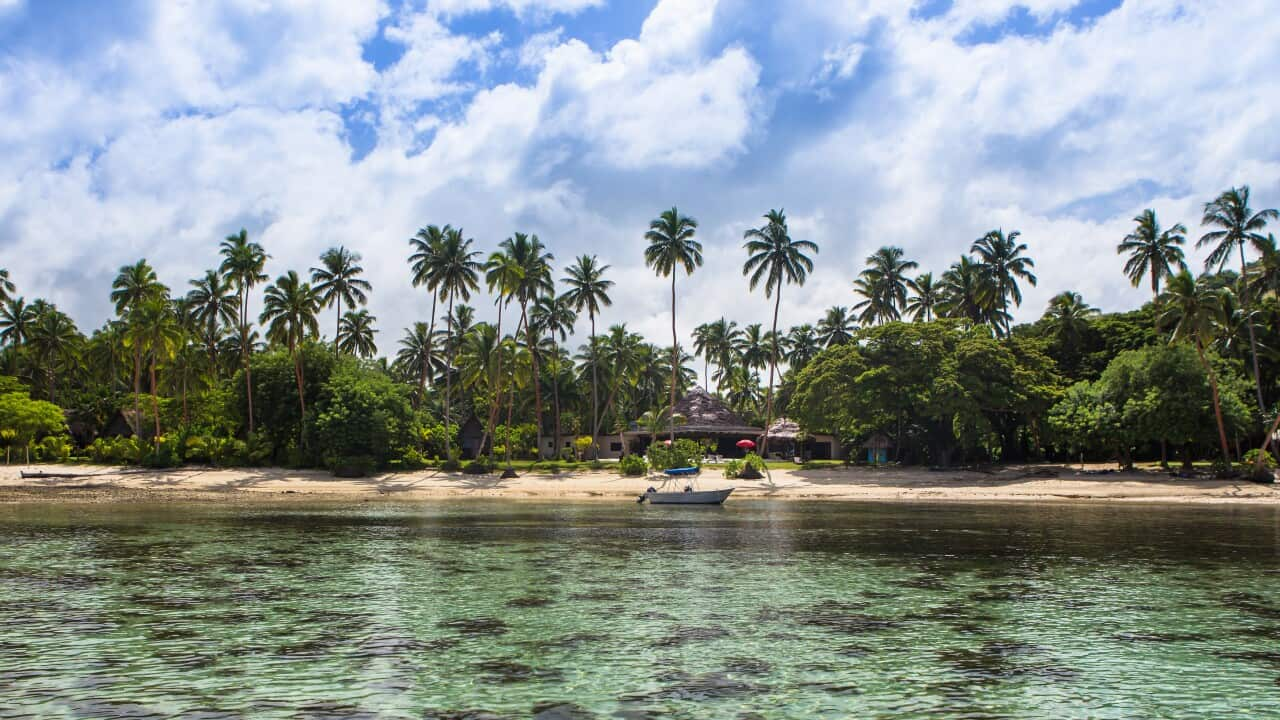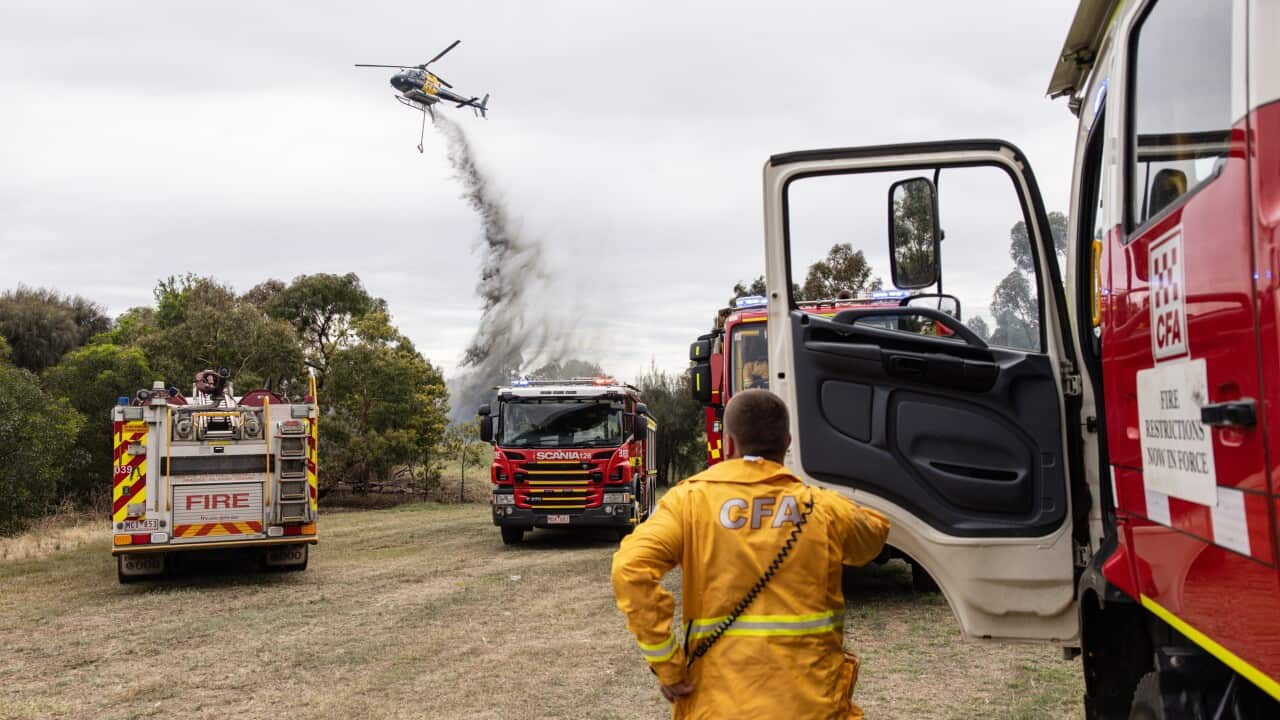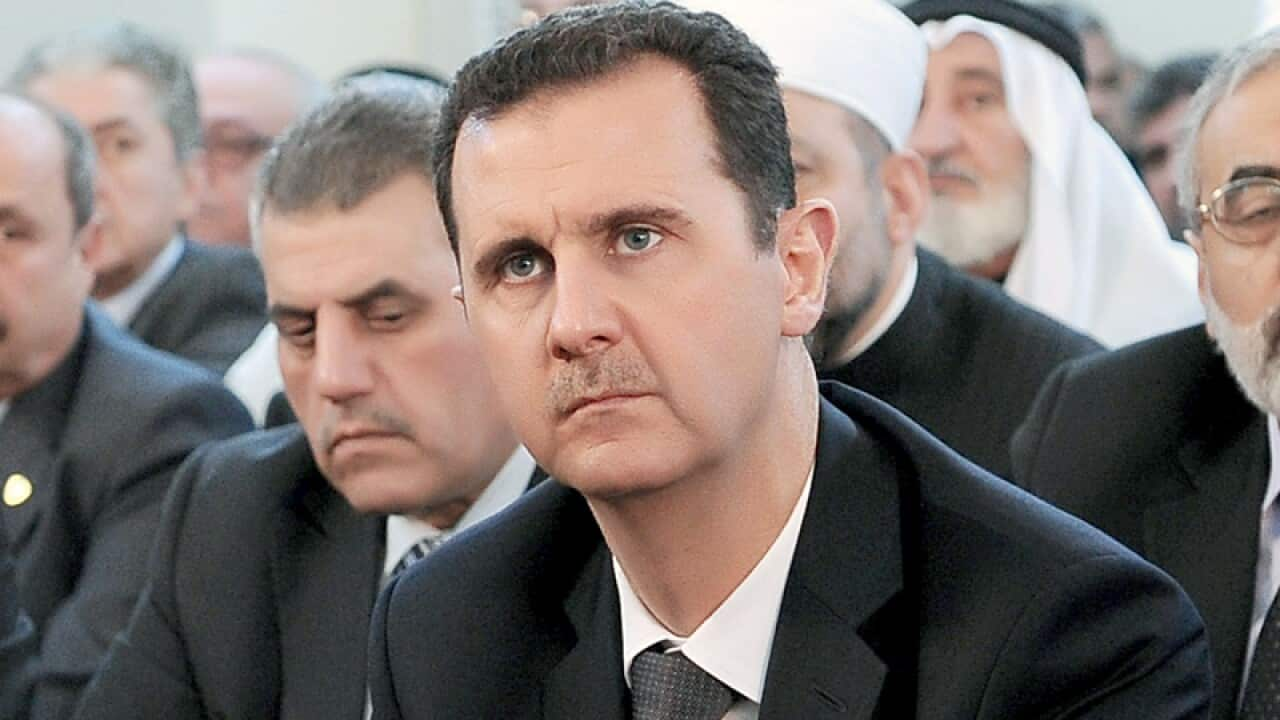Coal and gas-fired power plants will stay open for longer under the coalition’s $330 billion nuclear transition plan.
Opposition Leader Peter Dutton has pledged to build seven publicly-owned nuclear power plants across the country, with predictions the first will come online from the mid-to-late 2030s – a timeline rubbished by some experts.
Renewables would make up just over half of Australia’s energy grid by 2050, with nuclear accounting for just under 40 per cent and the rest a combination of storage and gas, snippets of the plan dropped ahead of its release contend.
Labor’s plan is to have the grid firmed by just over 80 per cent renewable energy by 2030.
This will increase to more than 90 per cent by 2050 with the rest made up of storage and gas.
Nuclear energy would provide the “always-on” power to back up renewables and lead to cheaper power bills in the long run, Mr Dutton claimed.
But nuclear energy does not offer a good deal for Australia, a report released just ahead of Mr Dutton unveiling his costings found, while postponing coal power station closures would heighten Australia’s carbon emissions in the medium term.
For the seventh straight year, the found renewable energy sources are the lowest-cost of any new-build electricity-generating technology.
Nuclear energy generation would be 1.5 to two times more expensive than large-scale solar, according to the analysis by the national science agency CSIRO and the Australian Energy Market Operator.
Energy market operators would also need to establish new connection points to safely supply the national electricity grid, experts have said.
The coalition’s plan was modelled by Frontier Economics, which cost Labor’s transition around $600 billion.
Energy Minister Chris Bowen has rubbished this number, saying the government’s plan would cost $122 billion, citing a forecast made by the national energy grid operator.
“They’re making it up as they go along,” Mr Bowen told ABC TV of the coalition’s costings on Friday.
Mr Bowen said preliminary reports of the coalition’s plan ahead of Friday’s full announcement that nuclear would need fewer transmission lines – therefore bringing down the estimated cost – was incorrect.
“I’m not sure how they’ll get the nuclear power into the grid, maybe by carrier pigeon if they’re going to assert if somehow you’ll need less transmission,” he said.
“They have had to make some very heroic assumptions here and they have had to really stretch the truth to try to get some very dodgy figures.”
Keeping coal-fired power plants open beyond their lifespan was a threat to energy reliability, with outages and breakdowns happening on a daily basis, Mr Bowen said.
“It’s a recipe for blackouts to keep ageing coal-fired power stations in the grid for longer,” he said.

Federal Energy Minister Chris Bowen said the opposition’s nuclear plan costings do not add up. Source: AAP
The coalition is pushing for an end to Australia’s nuclear ban but has faced opposition from states.
Nuclear power doesn’t stack up for Australian families or businesses, Fortescue chairman Andrew Forrest said on Friday.
“As our national science agency has shown, ‘firmed’ solar and wind are the cheapest new electricity options for all Australians,” he said in a statement.
“The cost of electricity generated on a grid dominated by firmed renewable energy in 2030 will be half what you would have to pay if it came from nuclear, CSIRO found.”
Mr Forrest, who is a big player in the non-fossil fuels energy market, said that without continued action on “low-cost, high-efficiency renewable energy” Australians will be left with “pricier power and crumbling coal stations”.
“We must never forget – Australia has the best renewable resources in the world,” he added.
“Seizing these Australian opportunities must be our shared national goal.”

